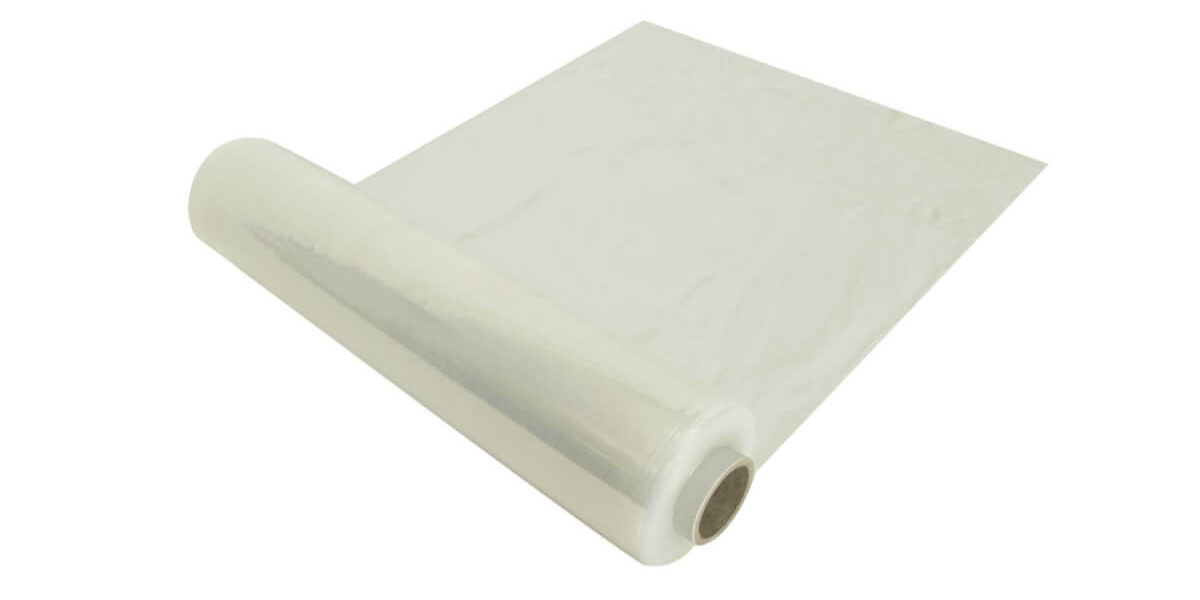Introduction
Have you ever wondered how products shipped across the globe stay intact during their journey? One of the key secrets lies in pallet wrapping. Proper pallet wrapping techniques ensure that loads remain stable, preventing product damage and saving money. In this guide, we’ll dive into the world of pallet wrapping, showing you how to maximize load stability with ease. Ready to secure your shipments like a pro? Let’s get started!
1. What is Pallet Wrapping?
Pallet wrapping is the process of securing goods on a pallet using a stretch film or similar material. Think of it as giving your shipment a protective hug. The goal is to keep items from shifting, sliding, or toppling over during transport.
2. Why Load Stability Matters
Imagine driving with a wobbly stack of boxes in your trunk. Sounds risky, right? Load instability during shipping can cause product damage, accidents, and financial loss. Stability ensures safe transportation, reduces claims, and boosts customer satisfaction.
3. Types of Pallet Wrap Materials
a. Stretch Wrap
The most common material, stretch wrap, is elastic and clings tightly to the load. It comes in various gauges and strengths.
b. Shrink Wrap
Shrink wrap requires heat to mold around the pallet, creating a firm and secure hold.
c. Netting Wrap
Ideal for ventilation, netting wrap is often used for perishable goods like fruits and vegetables.
4. Choosing the Right Pallet Wrap
How do you decide which wrap to use? Consider factors like load weight, dimensions, and sensitivity. Heavy loads may need high-strength wraps, while lighter ones can make do with standard options.
5. Manual vs. Machine Wrapping
a. Manual Wrapping
Great for small operations, manual wrapping is cost-effective but labor-intensive.
b. Machine Wrapping
Perfect for high-volume needs, machine wrapping ensures consistency and speed.
6. Best Practices for Manual Wrapping
Start with a Secure Base: Anchor the wrap to the pallet base for stability.
Stretch Tightly: Ensure the film is stretched to avoid sagging.
Overlap Layers: Overlap by 50% to create a strong bond.
Focus on Corners: Corners are prone to damage, so wrap them securely.
7. Advanced Machine Wrapping Techniques
Pre-Stretch Mechanism: Machines pre-stretch the film to maximize coverage.
Variable Tension Control: Adjusting tension ensures uniformity across loads.
Top-Sheet Applications: Adds a protective layer against dust and moisture.
8. Common Mistakes to Avoid
Understretching: Leads to loose and unstable wraps.
Overwrapping: Wastes material and increases costs.
Ignoring Load Weight: Heavier loads need stronger wraps.
9. Environmental Considerations
With sustainability in focus, eco-friendly wraps made from recycled materials are gaining popularity. Reduce waste by using wraps efficiently and recycling when possible.
10. Innovations in Pallet Wrapping
Modern technologies like robotic wrappers and smart sensors are transforming the pallet wrapping process. These innovations improve efficiency and ensure precise wrapping.
11. The Role of Strapping in Load Security
Strapping complements pallet wrapping by adding another layer of stability, especially for heavy or irregular loads.
12. Cost-Effective Wrapping Tips
Optimize Film Usage: Use the right thickness and minimize wastage.
Train Employees: Proper training reduces errors.
Invest in Quality Machines: High-quality machines save time and material.
13. Industry Applications of Pallet Wrapping
From retail to agriculture, pallet wrapping is indispensable. Each industry adapts techniques to suit its unique needs.
14. Safety Guidelines for Wrapping
Wear Protective Gear: Gloves and safety glasses are a must.
Check Equipment Regularly: Ensure machines are in good working condition.
Maintain a Clear Workspace: Avoid trip hazards around pallets.
15. Conclusion
Pallet wrapping might seem straightforward, but mastering it can make a significant difference in load stability, cost efficiency, and environmental impact. By choosing the right materials, using proper techniques, and staying updated with innovations, you can ensure your shipments arrive safely and intact.
FAQs
1. What is the best material for pallet wrapping?
Stretch wrap is versatile and widely used for most applications, but specific needs may require alternatives like shrink wrap or netting wrap.
2. How can I prevent pallet wrap waste?
Train employees, use high-quality materials, and optimize machine settings to minimize waste.
3. What is pre-stretch film, and why is it important?
Pre-stretch film is a thinner, stronger material that covers more area with less usage, saving costs and improving load stability.
4. Can pallet wrapping be automated?
Yes, automated machines enhance speed, consistency, and precision, especially for high-volume operations.
5. How does pallet wrapping benefit the environment?
Eco-friendly wraps and efficient usage reduce waste, contributing to sustainable shipping practices.









